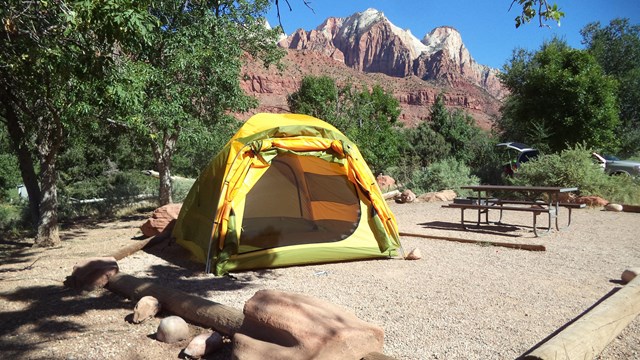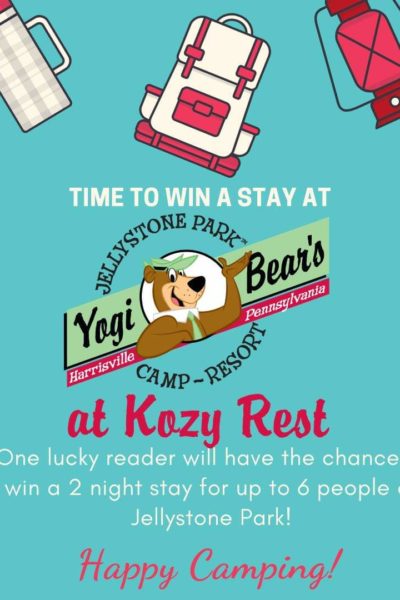Your road trip playlist is cued up, snacks are packed, and your hiking boots are riding shotgun. You’re not just heading anywhere — you’re on a mission to explore the wildest, most jaw-dropping landscapes in the Southwest. With the windows down and your GPS set to Red Rock Country, this trip is already shaping up to be one you’ll never forget.

Utah national parks are more than beautiful places — they’re five unique worlds that feel like something out of a movie. If you’re ready for towering arches, dramatic cliffs, and trails that lead to unforgettable views, you’re in the right place. Here’s how to plan your ultimate journey through Utah’s Mighty 5.
Get to Know the Mighty 5
Each of Utah’s five national parks offers something completely different, which is what makes visiting all of them such an adventure. You won’t find a “best one” here. It’s more about discovering how different and surprising each stop can be.
Arches National Park is famous for its arches; over 2,000 of them. You’ll find natural rock bridges, delicate spires, and barely real formations.
Canyonlands National Park is vast and wild, with deep canyons carved by rivers over millions of years. The Island in the Sky district is the easiest to reach and has some of the best views.
Capitol Reef National Park might be the most underrated of the group, but don’t overlook it. This park features cliffs, domes, and a rich pioneer history in the Fruita Historic District.
Bryce Canyon National Park is known for its hoodoos. These tall, twisty rock formations fill the canyon like a giant stone forest. You can walk right down into them on short, scenic trails.
Zion National Park brings the drama with its steep cliffs and narrow canyons. It’s also home to famous hikes like Angels Landing and The Narrows, which attract adventure-seekers worldwide.
Planning the Perfect Route
To see all five parks in one trip, you’ll want to plan your route ahead of time. Many people start their journey in Las Vegas or Salt Lake City, depending on where they’re flying in. Either way, it’s easy to make a loop or go point to point.
If you start in Las Vegas, you can hit Zion first, then move on to Bryce, Capitol Reef, Canyonlands, and Arches. Starting in Salt Lake City works just as well, with Arches and Canyonlands kicking things off before heading southwest toward Capitol Reef, Bryce, and Zion.
Plan to spend at least one full day in each park, though two days in Zion or Canyonlands is ideal if you want to do more than just the highlights. Keep in mind, driving between parks can take a few hours, so build in some buffer time.
When to Visit Utah’s Parks
Timing can make a big difference in your experience. The parks are open year-round, but some seasons are better than others depending on what you’re looking for.
Spring is one of the best times to visit. Temperatures are mild, wildflowers start blooming, and the crowds haven’t hit full force yet.
Summer brings long days and warm nights, but also more visitors. If you go in summer, start your hikes early to beat the heat and avoid midday traffic.
Fall cools things down again, and you’ll catch some colorful leaves in higher elevations. It’s an excellent time for photography and quieter trails.
Winter is the least crowded season, and parks like Bryce and Zion can be stunning with a dusting of snow. Just be ready for limited access in some areas and colder temps.
Where to Stay and What to Eat
Each park has its own nearby towns that offer places to stay, eat, and stock up. Whether you’re into camping under the stars or comfy hotel beds, you’ve got options.
- In Moab, you’ll find easy access to both Arches and Canyonlands, along with plenty of restaurants, outfitters, and shops.
- Near Capitol Reef, look for lodging in Torrey — a small, charming town with local diners and cozy motels.
- Bryce Canyon City has a few hotels right near the park entrance, and nearby Tropic offers even more spots if you want something quieter.
- Springdale, just outside Zion, is packed with lodging, restaurants, and shuttle access. It’s one of the most visitor-friendly park towns in the state.
You’ll want to bring snacks and water into the parks, but every town offers solid places to grab a meal or restock your cooler between adventures.
Can’t-Miss Sights and Hikes
You could spend weeks exploring each park, but if your time is limited, there are a few standout sights and trails to prioritize.
At Arches, hike to Delicate Arch, and don’t miss Landscape Arch or the Windows Section. Both of these majestic views are impressive enough to stand on their own. Landscape Arch is in the Devil’s Garden section and is known as the longest free-standing arch on the continent. The Windows Section includes multiple arches with unique views.
In Canyonlands, Mesa Arch is a must for sunrise. Take in the vast views at Grand View Point and explore the short trails around Island in the Sky.
Capitol Reef offers scenic drives, hikes like Hickman Bridge, and a chance to explore the orchards in Fruita, where you can pick fruit in season.
Bryce Canyon is best explored on foot. Try the Navajo Loop or Queen’s Garden Trail, and hit Sunrise Point for early morning magic.
Zion is home to two of the most famous hikes in the country. The Narrows takes you through a river in a canyon, and Angels Landing offers heart-stopping views if you’re not afraid of heights.
Ready to Tackle the Mighty 5? Let’s Go
There’s no experience quite like driving through the heart of southern Utah, hitting one incredible park after another. Planning your ultimate journey through the Mighty 5 might take a little prep, but the memories you’ll make are worth every step. So get your itinerary together, start counting down the days, and let your Utah road trip adventure begin.



